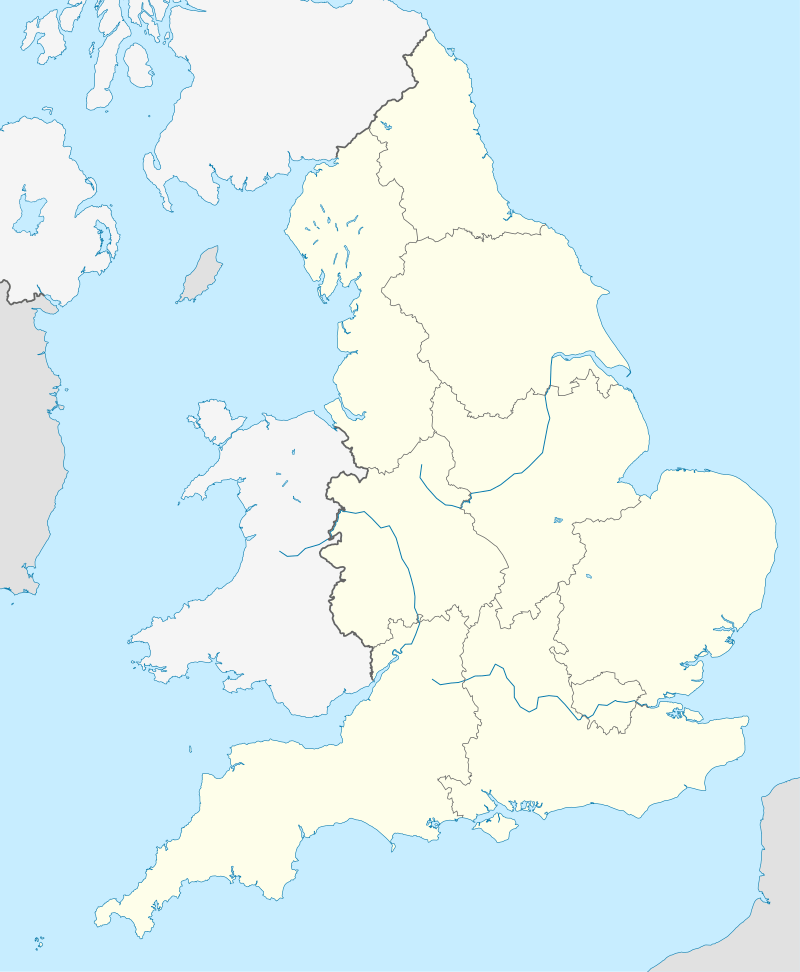Battle of Graveney Marsh
The Battle of Graveney Marsh, on the night of 27 September 1940 in Kent, England was the last ground engagement involving a foreign force to take place on the mainland of Great Britain.[1][2] The fighting took place between the crew of a shot-down German Junkers Ju 88 bomber and a detachment of soldiers from the 1st Battalion London Irish Rifles in Seasalter.
British Supermarine Spitfire and Hawker Hurricane aircraft from 66 Squadron and 92 Squadron, RAF Fighter Command, attacked what they recognised as a new variant of Junkers 88 over Faversham. An order had been issued to them to capture one intact if possible.[1] One of the bomber's engines had already been damaged by anti-aircraft fire during a raid on London and the Spitfires were able to destroy its remaining engine, forcing the pilot to make a crash landing on Graveney Marsh.
When the London Irish Rifles arrived at the scene from their billet at the Sportsman Inn in nearby Seasalter, the four German crew had unexpectedly armed themselves with machine guns from the aircraft and a sub-machine gun. After an exchange of fire, during which one German airman was shot in the foot, the crew surrendered to their opponents and were taken prisoner.
Captain John Cantopher disarmed a demolition charge and the bomber, which carried a new and accurate type of bombsight, was captured for examination by British experts. The aircraft was taken to Farnborough Airfield where it was said to have "provided highly valuable information".[1] Cantopher was subsequently awarded the George Medal for his action.[3][4][5]
In September 2010, the London Irish Rifles Regimental Association marked its 70th anniversary by unveiling a commemorative plaque at the Sportsman pub.[2]
References
- 1 2 3 Green, Ron; Mark Harrison (30 September 2009). "Forgotten frontline exhibition tells how Luftwaffe fought with soldiers on Kent marshes". KentOnline.
- 1 2 "Kent battle between German bomber crew and British soldiers marked after 70 years". The Daily Telegraph. 20 August 2010. Archived from the original on 23 August 2010. Retrieved 20 August 2010.
- ↑ "The last battle on British soil? Little-known conflict at Graveney Marsh finally remembered after 70 years". The Daily Mail. 20 August 2010. Archived from the original on 23 August 2010. Retrieved 20 August 2010.
- ↑ "No. 35050". The London Gazette (Supplement). 21 January 1941. p. 462.
- ↑ "Recommendations for Honours and Awards (Army)" (pdf). DocumentsOnline. The National Archives. Retrieved 24 August 2010. (Subscription required (help)).

